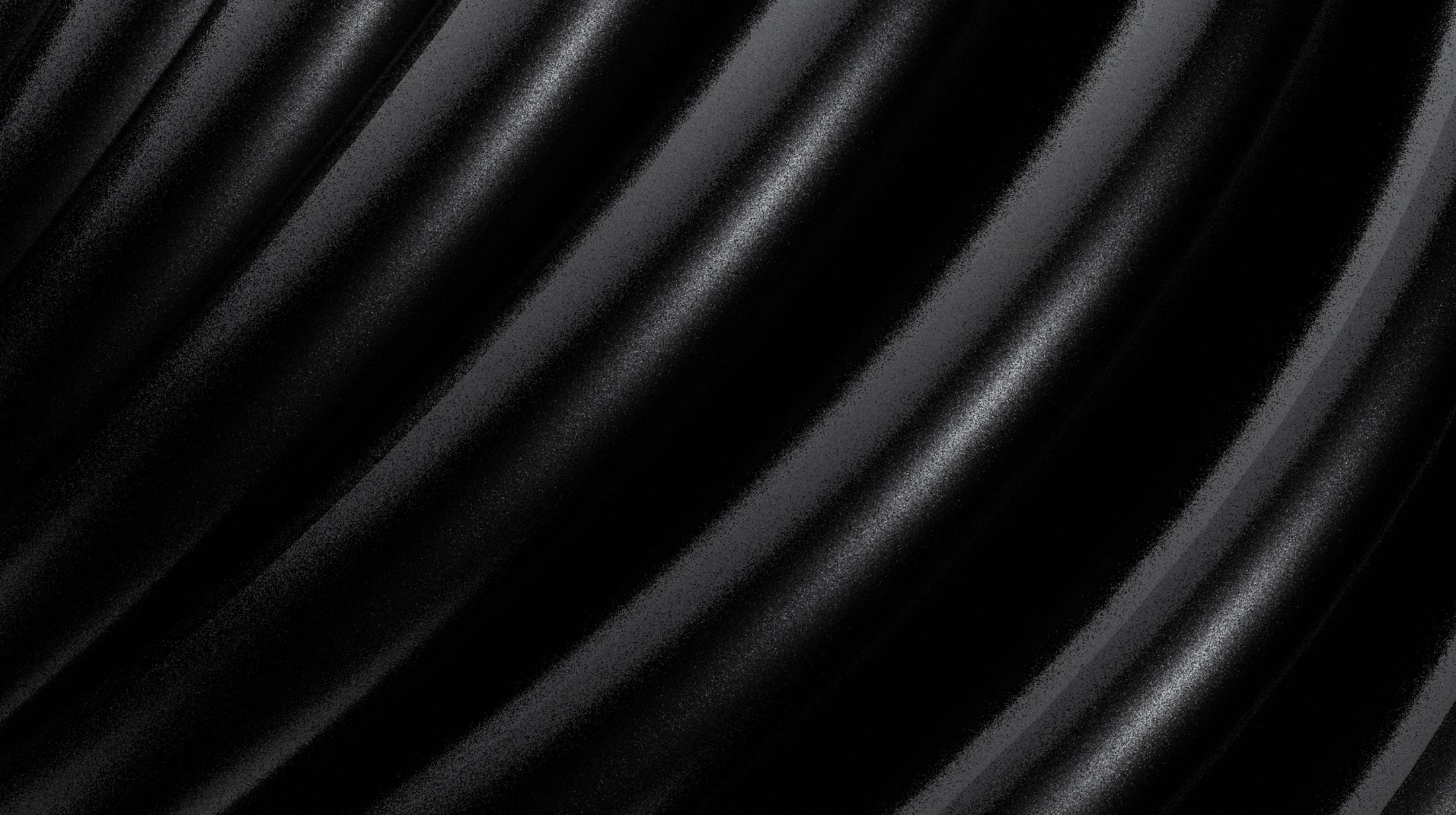
With so many sunscreen options out there, how do you decide which product is best for your specific skin type and concerns? In this guide, we’ve got you covered. From the SPF number to ingredients, here’s what to look for in a sunscreen.
[Related: Sun Protection Requires More Than a Little SPF]
SPF of 30 or Higher
Contrary to popular belief, a high SPF number doesn’t necessarily mean the most protection. The number indicates how long you can safely be exposed to the sun’s rays.
For example, if you normally burn after 10 minutes outdoors without sunscreen, wearing a product with SPF 20 means it will probably take you 20 times longer to burn. After 200 minutes (3 hours and 20 minutes), you’ll need to reapply.
In fact, dermatologists agree that anything over SPF 50 is probably unnecessary. However, you don’t want to have to constantly reapply sunscreen with a super-low SPF. Something around SPF 30 will give you great protection for a decent amount of time, even if you have fair skin.
[Related: The Difference Between Facial and Body Skin]
Broad- or Full-Spectrum Protection
Although all sunscreens protect your skin against UVB rays, research has proven that UVA rays are also extremely harmful to the skin. UVA rays can contribute to skin cancer and speed the aging process through fine lines and wrinkles.
To feel confident that you’re protecting yourself from both UVB and UVA rays, look for sunscreens that provide “broad-spectrum” or “full-spectrum” sun protection.
Water-Resistance
Having a water-resistant sunscreen is extremely important if you’re spending a day at the pool or are an active athlete who’s going to be sweating. Although no sunscreen can be completely “waterproof” or “sweatproof,” finding one that’s resistant to both can help give you the best protection.
The FDA defines this type of sunscreen as having an SPF level that keeps working after 40 to 80 minutes in the water. Remember to reapply regularly if you spend more time than that in the water (or sweat a ton!).
[Related: How to Take Care of the Skin on Your Body]
Comfortable Formula
Sunscreens can come in gels, sprays and lotions. For dry skin, lotions with moisturizing agents could be your best bet. Gels work great for areas of the body that have hair. Sprays and mists might be good options for facial reapplication after makeup or for children who won’t sit still for application. Just remember to be thorough with spray application — it can be difficult to see where you’ve applied.
Antioxidants
Look for sunscreens that contain antioxidants, such as vitamin E. Antioxidants in sunscreen can help neutralize free radical damage that occurs through sun exposure (aka the stuff your sunscreen can’t protect you from, like dry skin). If you want to slow signs of aging, using antioxidants in your skincare routine, including your sunscreen, is a great place to start.
Makeup With SPF
Your face is one of the most important places to apply sunscreen. The skin is thinner and more sensitive to the sun’s harmful rays, and sunburns can worsen unsightly wrinkles and age spots. To make it easier to remember to apply sunscreen to your face daily, look for skincare products or makeup that includes SPF so you can seamlessly incorporate it into your everyday routine.
[Related: Skin Care for Dry Skin]
Protect Your Skin and Look Your Best With Athré Med Spa
Athré Med Spa offers a variety of top-notch services and products that will help you feel confident and look your best while protecting yourself from the summer sun.
Contact us today for a consultation, or check out our product page today!
Featured image via Pexels



